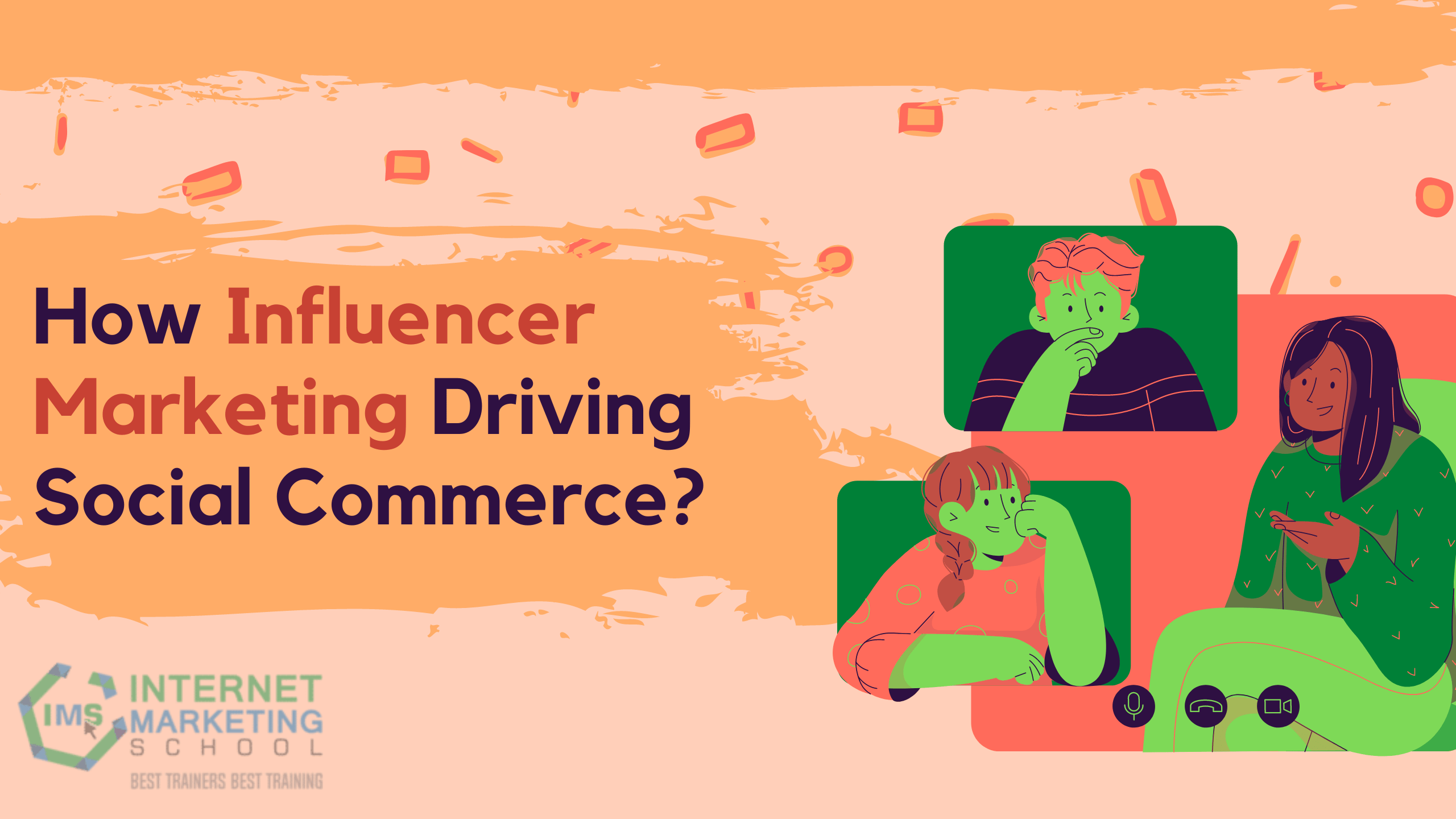Spread the loveAccording to the 2022 Influencer Trend Report from Pixlee TurnTo, 93% of social media influencers post content across multiple social media platforms — authentic content that resonates with the online audiences they’ve built. Influencer marketing is no longer …


